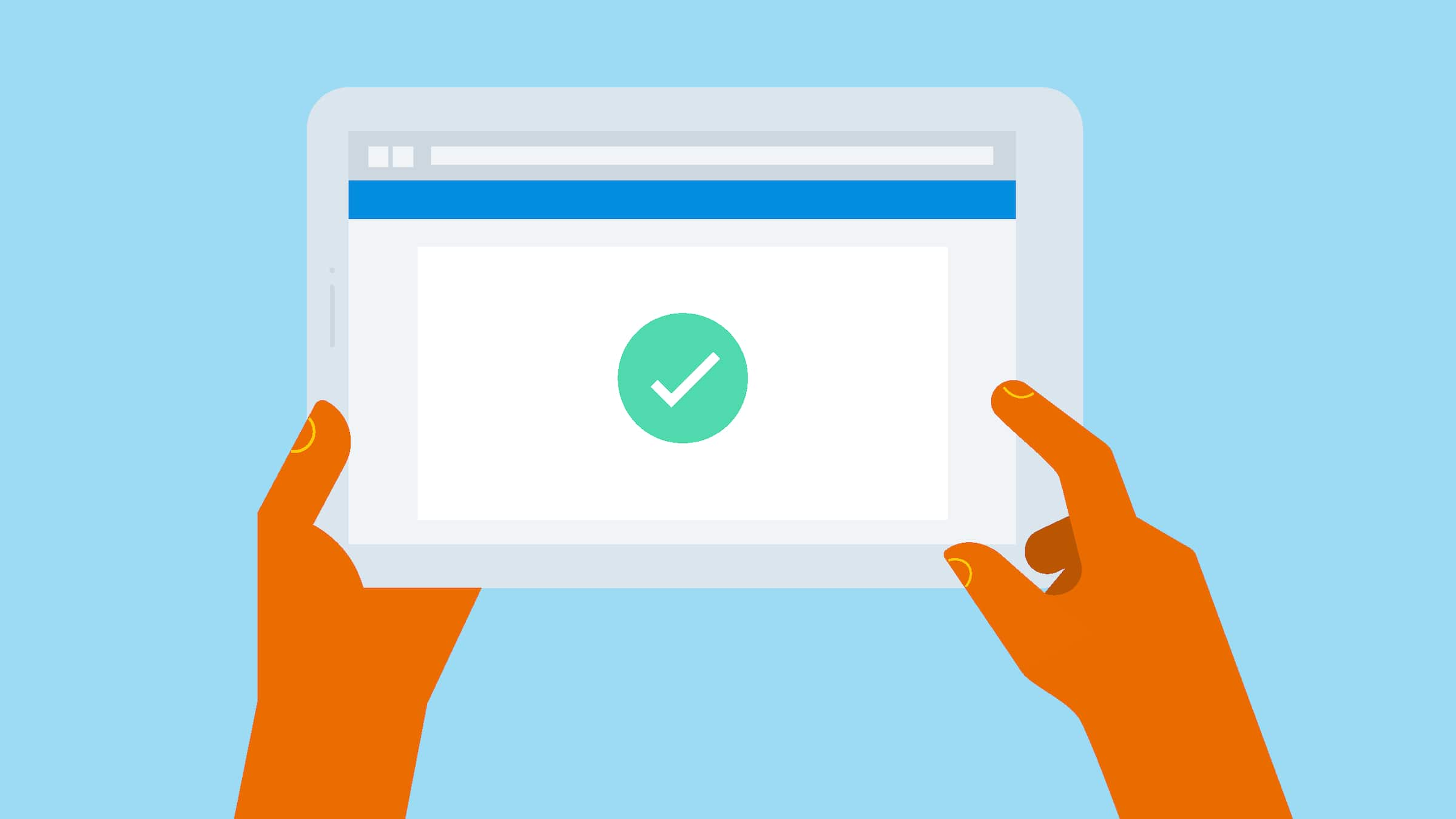Registering for GST
Find out if your business needs to register for GST. If so, learn how to do it and find out what happens next.

Published Tuesday 14 September 2021
Who needs to register for GST?
Businesses with a turnover of $60,000 or more are required to register. You may be an exception if you sell GST-exempt goods and services. You can get into legal difficulty if you don’t register for (and collect) GST when you should.
Benefits of registering
If you’re GST registered, you don’t end up paying GST on business expenses. You’ll still get charged the GST-inclusive price when you make the purchase, but you can claim that money back when you file your return with the IRD.
What do I need to register?
To register, you’ll need:
- an IRD number (and a myIR online account)
- a business industry classification code (which you can get here)
- your business bank account details
Before you register for GST
During the registration process, you’ll be asked how often you plan to file a GST return, and how you account for GST.
Choosing your filing frequency
There are three options, but they may not all be available to you.
- Monthly: Businesses with more than $24 million in yearly turnover must file monthly
- Two-monthly: Most small businesses are expected to file every couple of months
- Six-monthly: You can drop to twice-a-year returns if your annual turnover is less than $500,000
Choosing and changing your filing frequency
The IRD will put you on two-monthly filing unless you choose otherwise. You can also change your filing frequency at any time (assuming you qualify for more than one).
Choosing your accounting basis
Your accounting basis determines when you owe GST on sales (and when you can claim it on expenses). There are three options, but they may not all be available to you.
- Payments basis: You owe GST on a sale when you receive payment from a customer.
- Invoice basis: You owe GST on a sale when you raise an invoice or when you get paid, whichever comes first.
- Hybrid basis: You follow the invoice basis when working out what GST you owe, and the payments basis when working out what you can claim back. It can get complicated so only a few businesses use the hybrid basis.
Registering for GST online
It’s simple to register for GST yourself and it costs nothing. Just head over to the IRD website.
Once you’re registered for GST
After GST registration you need to:
- add GST to your prices
- issue tax invoices to your customers
- keep receipts and invoices (taxable supply information) to claim back GST on business expenses
- file GST returns with the IRD
- pay any GST due
Disclaimer
Xero does not provide accounting, tax, business or legal advice. This guide has been provided for information purposes only. You should consult your own professional advisors for advice directly relating to your business or before taking action in relation to any of the content provided.
GST Guide For Business
Making a start with GST? Don’t worry. It’s a little extra admin, but this guide will help you get sorted.
- What is GST?
You’ve probably heard about GST – it stands for goods and services tax and is added onto prices in New Zealand.
- Registering for GST
Find out if your business needs to register for GST. If so, learn how to do it and find out what happens next.
- Calculating GST and issuing tax invoices
If you’re a GST-registered business you must add GST to your prices. You also need to issue GST invoices. Find out how.
- Claiming back GST
GST-registered businesses can claim back the GST they pay on business expenses. Let’s learn how.
- Working out your GST refund or payment
Working out GST is simple maths. Keeping track of all your transactions is the tricky part. Let’s learn the process.
- GST returns and due dates
As a GST-registered business you’ll declare how much you’ve collected and paid. You do this by filing GST returns.
- Tools and guides for your business
Now you know the ins and outs of GST, but it can be tough to keep on top of it all. Xero’s got the resources to help.
Download the GST Guide for Business
Get your GST sorted. Fill out the form to receive this guide as a PDF.
Now that you have your guide
Managing finances can feel overwhelming. With Xero’s powerful tools, small businesses can stay organised and confident.